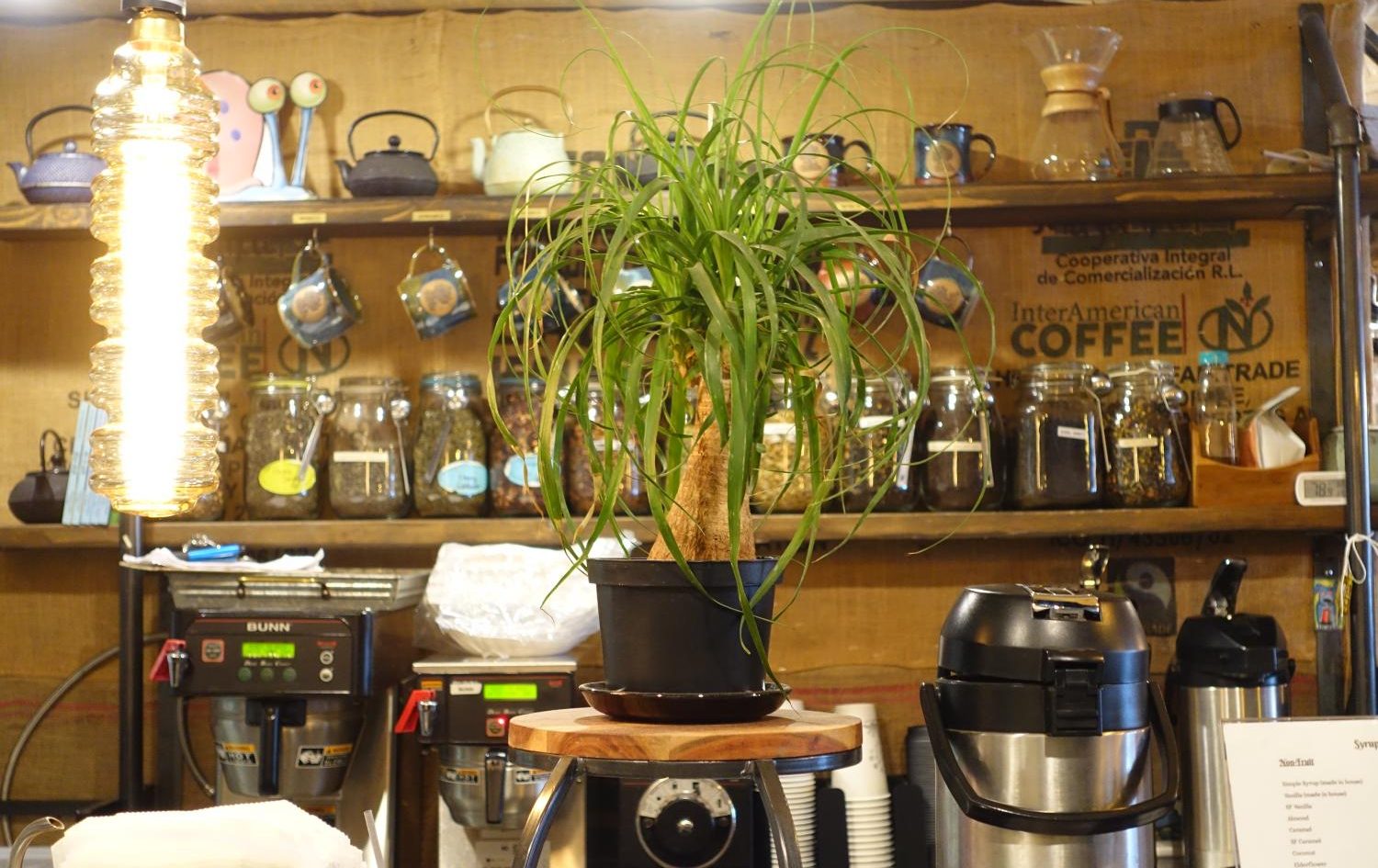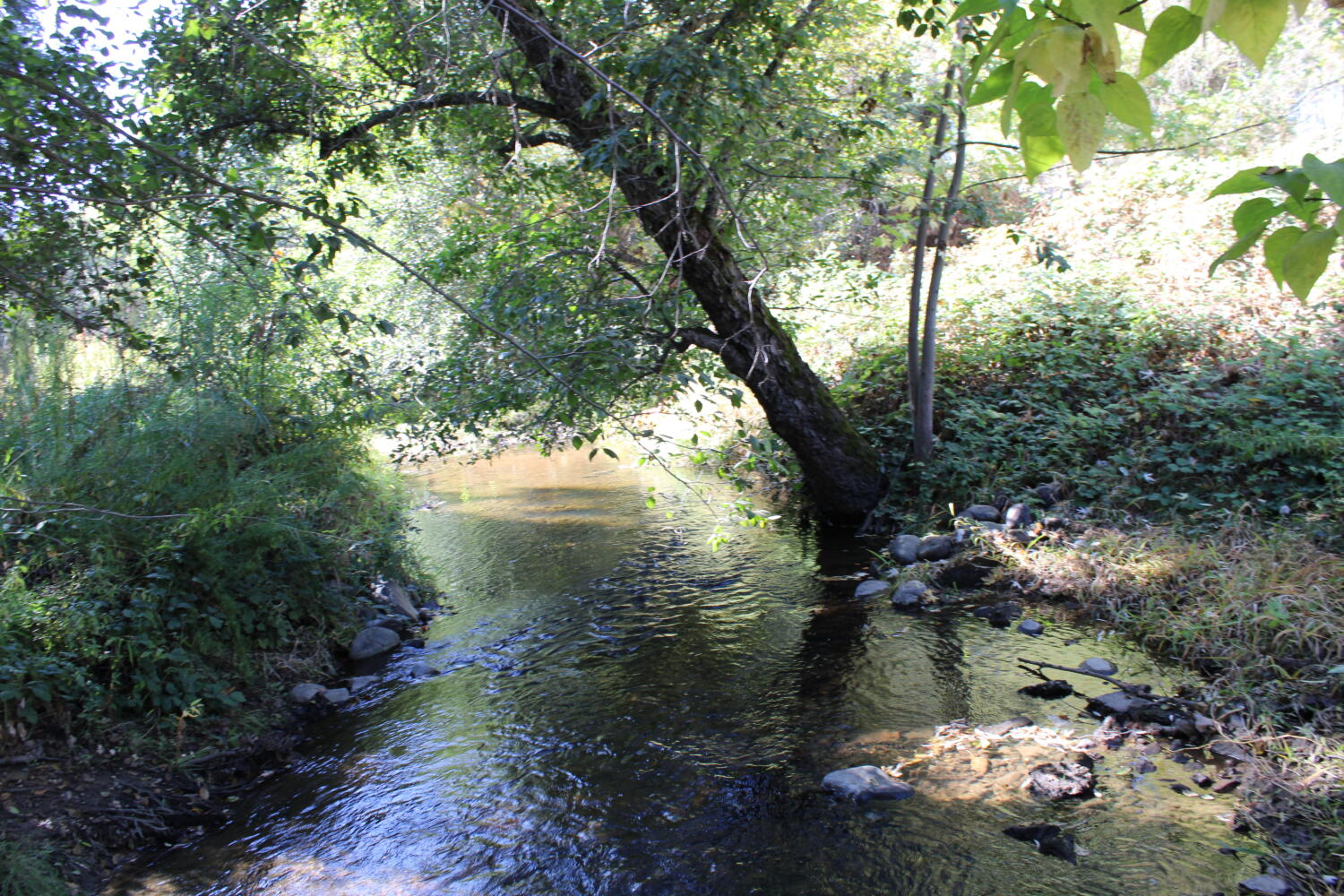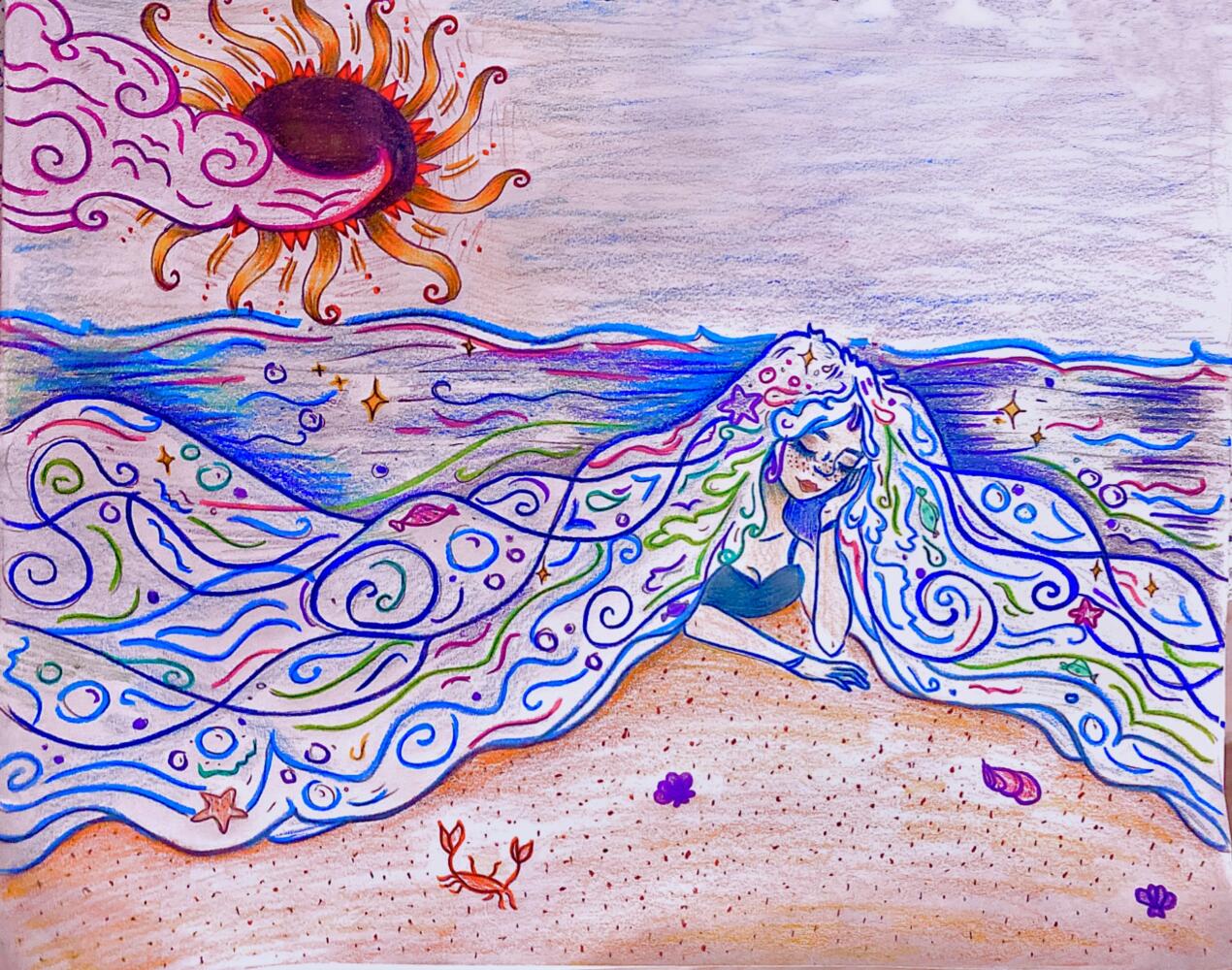Over the past decade, the fentanyl epidemic has emerged as a critical public health crisis in the United States. According to USAFacts.org, overdoses from the drug have claimed over 330,000 lives since 2012, devastating communities large and small in the process. In Northern California, the powerful synthetic opioid’s impact has been acutely felt in Placer and Nevada counties. Despite their similarities, the county neighbors have adopted markedly different approaches to combat the life-or-death crisis.
Seeds of Addiction, Roots of Recovery
“When you’re using, it’s kind of a lonely thing,” Holly began, her words trailing off into a mix of memories. On a breezy, sunlit day in March 2024, Holly sat outside the Sierra College Rocklin campus library on the veranda for an interview with members of this year’s California Humanities Emerging Journalists team.
Harm Reduction: Support, not Stigma
As I opened the glovebox of my mom’s car looking for a tissue, out spilled a handful of individually packaged nasal sprays. Confused, I picked them up and analyzed the product. “Those are Narcan,” said my mom, a nurse at a local correctional facility, “Take a few, put them in your purse. They can save a life.”
Life of an Upstanding Citizen
Vincent Pacheco is a visionary. Pure experimentation with mediums as light as tissue paper, he has developed his own niche. Moving into multimedia altered his relationship with art and with his family heritage. Pacheco, now, as an assistant professor for Applied Art and Design at Sierra College, is able to share his experiences from his art career. Previously, he worked in the corporate world as a graphic designer for Yahoo! and then transitioned to work as a freelance artist in Seattle. While in Seattle, he developed his own design studio with clientele including Disney, Elle Magazine, Yahoo! and Samsung. In an interview with Pacheco, he discussed his personal connection to his work, and his recent art exhibit at the Ridley Art Gallery on the Rocklin, Sierra College campus.
Continue Reading
Making Community at the Fig Tree
To connect Sierra College students on the Rocklin campus with a local art spot in the community, Roundhouse reporters Miranda Ricks and Sophia Miller frequented The Fig Tree Coffee, Art, and Music Lounge. The Fig Tree is located on 217 Vernon Street in Old Roseville, about five miles from campus. Together, they attended a Fig Tree Open-Mic Night on Mar. 2, 2024.
Miller went on to interview Father Joshua Lickter, the owner of the The Fig Tree, and Carlos Serrano, a Sierra College student who plays bass in a small headed by local musician and friend, Rumi Shimada. Father Lickter used the phrase third place in describing the venue. Miller explains that a third place is a concept created by sociologist Ray Oldenburg referring to venues that foster a sense of community and togetherness.
In this 5 min. podcast, produced by Miller, you will hear her narrate and Lickter and Serrano share their words. Enjoy!
Listen
Reported and Produced by Sophia Miller

Welding Her Way to the Top: Snow Shines at Thunderhill
On Feburary 23rd, 2024 Thunderhill Raceway was alive with the pulse of racing engines and the buzz of excitement. Amidst the electrifying atmosphere, 19-year-old welding prodigy and Sierra College student, Erica Snow, takes center stage and defies all odds.
Under the Glove
The world of sports is full of heart-racing competition and moments, from the excitement that comes when a soccer player scores a goal to a double play on the baseball diamond. These are some of the things fans and athletes live for. They fuel the passion and enjoyment that comes from sports. Moments like these are captured in media highlights and can add to engagement, but there is a longer story that goes on outside these few minute highlights.
How Sierra Baseball is Working to Avoid Injuries
For most people an injury is just an inconvenience. Something that slows them down for a few weeks, or maybe a couple months, though rarely does it end their career. Athletes, however, do not qualify as “most people.”
Despite frequent conditioning and training, athletes are not immune to injury. Instead, it seems the harrowed “injury bug” haunts both professional and amateur athletes. “Injuries are starting to become a bigger part of the game,” Tyler Kersey, a Sierra College sophomore baseball player, said during an interview on March 18. He continued, “You see it a lot in pitchers, [especially] arm injuries.”
As it turns out, Tyler is right. Continue Reading
Johnnie Terry’s Legacy: Building LGBTQ Studies
In this ten minute video, longtime LGBTQ studies and philosophy professor Johnnie Terry looks back on his experiences building Sierra College’s LGBTQ studies program completely from scratch, and other experiences he had as a LGBTQ professor and community leader as he approaches his retirement at the end of the spring 2024 semester.
No Quick Fix for Sierra’s Parking Problems
When a new semester of college begins students everywhere deal with a familiar problem: a lack of parking. When the Fall 2023 semester began at Sierra College’s Rocklin campus, students were faced with the same problem, but this time with a twist. Large swaths of student parking were off-limits due to construction.
Continue Reading
Meditation for the Anxiety Generation
College students are often stressed and some even have anxiety and depression due to the pressures they face. According to Mental Health Therapist and Counselor at Sierra College, Jamie Chin, “When we have anxiety and stress we have a lot of negative thinking going on.” And in describing Gen-Z specifically, she said, “I’m just calling you guys the anxiety generation.” So what can we do?
Enjoying and Caring for Local Waters
For many Sacramento area residents, the ideal summer includes visiting local water spots, lying along the American River, soaking up the sun with a good book, or cooking on a BBQ at Folsom Lake. While these are fun go-tos every summer in the heat, beach goers don’t always clean up as much as they should. If it weren’t for the staff at our parks and volunteers helping to pick up garbage each season, the shores would be littered, and wildlife would suffer. Continue Reading











